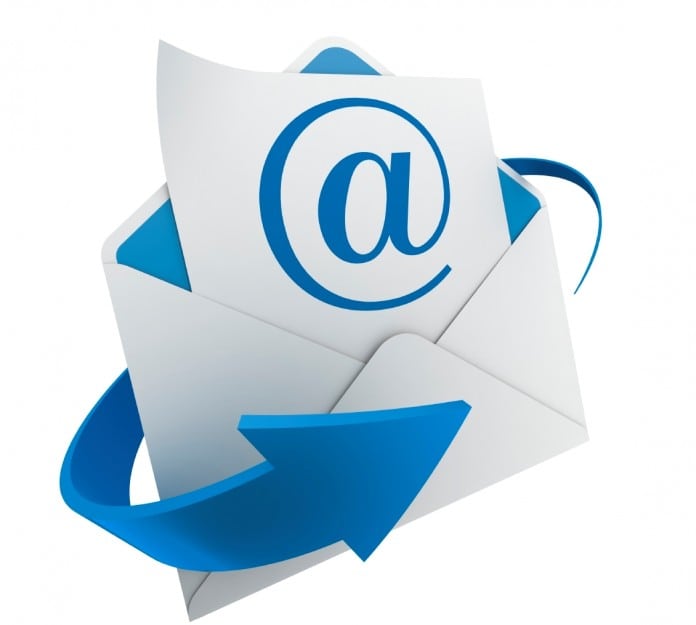
In the world of work, email is a mainstay. It allows us all to communicate at lightning-fast speeds—without having to pick up the phone. It gives us the power to thoughtfully consider projects, questions, answers, opinions, requests and feedback, all of which opens the door to better communication. And it gives us the ability to see the progression of conversations without digging through a mountain of individual messages. However, most people aren’t taking full advantage of what their email systems offer. Sure, they know how to send messages, set tasks, make notes, block their calendars and schedule reminders, but there are also some pretty great features (and hacks) that you may not know about that could just transform the way you use business email. Let’s take a look:
Future delivery/delayed delivery: Whether you have news that you don’t want to share immediately or a project that’s ready for delivery but you don’t want to submit it too early, future/delayed delivery allows you to create and distribute messages on your schedule.
Message grouping: For heavy email users, the ability to group messages into conversations related to specific topics can help you keep track of emails, stay up to date on developments and work more efficiently.
Conditional formatting: Like message grouping, conditional formatting can help you organize conversations and stay on top of a certain topic. However, instead of grouping all messages into a batch that you can browse at a glance, conditional formatting simply displays messages matching selected criteria in the font and/or color of your choice.
Rules: Providing you with yet another organizational option, the rules feature allows you to create and manage settings that empower your email system to automatically process messages in a certain way. Some systems can check for and include sender, recipient, email size, date and more. This way, you’ll never miss a message from your boss or your most important client; messages with large attachments can be singled out, etc.
Email to text: For those times when you need an immediate response, or need to contact someone who may not have access to his or her email account, a text message may be the best way to get in touch. Some business email providers offer this feature, others don’t. If yours does, it can help you relay urgent messages quickly. Just be careful to reserve use of this feature for those who prefer it or for truly critical situations—because it can be disruptive to receive a barrage of non-urgent text messages while in a meeting, on vacation, etc.
Desktop alerts: Whether you need to reduce distractions for a day or indefinitely, by disabling desktop alerts you can eliminate pop-up notifications about new messages and focus on whatever the task at hand may be. Conversely, if you’re waiting for an important email that you can’t afford to miss by a moment, you can easily turn on desktop alerts for a few hours or turn them on and leave them on for good.
Email templates: If you’re a PR exec, public information officer, customer service representative, work in sales or are in any position that requires you to field requests for information about a program, service, product or topic, email templates can help you make quick work of your responses. After creating your template, all you’ll have to do is locate the template, personalize it as necessary and hit send. Not only will it help you save time, but increase your productivity. Plus, by not having to repeat yourself over and again, it might just improve your job satisfaction.




































